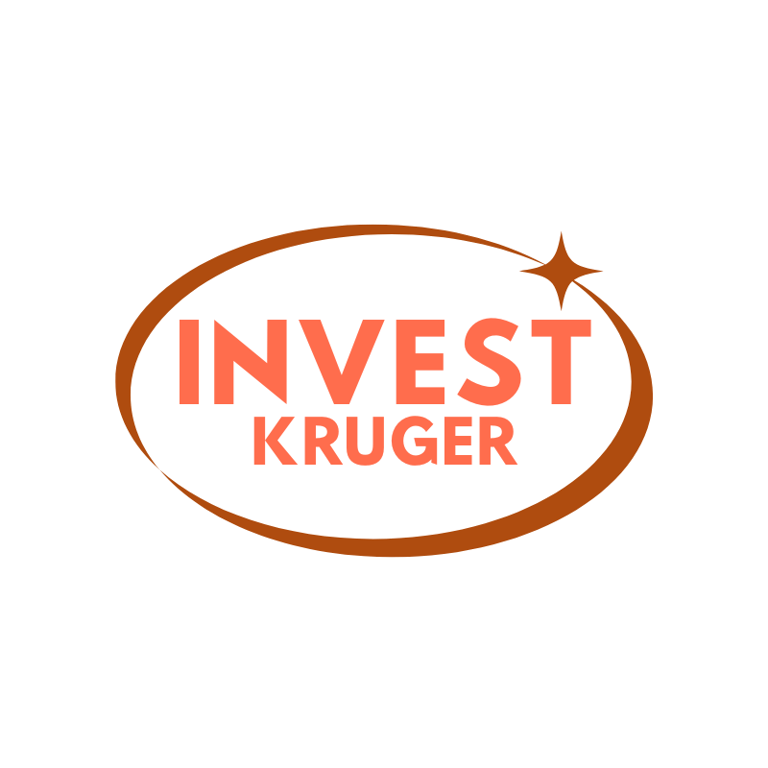Complete Guide to Start Investing Safely and Effectively
The guide still covers all essential topics for beginning investors, including establishing financial foundations, understanding investment concepts, exploring different asset classes, and developing effective investment strategies.
5/7/20253 min read


Introduction
Beginning your journey in the investment world can seem intimidating, but with proper knowledge and planning, anyone can build solid financial wealth over time. This guide was developed to help beginners understand investment fundamentals, establish a solid financial foundation, and start investing safely and effectively.
1. Establishing Financial Foundations
Organize your personal finances
Before you start investing, it's essential to have your personal finances in order:
Create a detailed budget: Record all your income and expenses to gain clarity about your current financial situation.
Eliminate high-cost debt: Prioritize paying off high-interest debts, such as credit cards and personal loans.
Build an emergency fund: Accumulate the equivalent of 3-6 months of expenses in a highly liquid, low-risk account.
Set financial goals: Establish short, medium, and long-term goals to guide your investment decisions.
Continuous financial education
Knowledge is your greatest ally in the investment world:
Read books, blogs, and articles about personal finance and investments
Follow specialized channels and podcasts
Participate in free courses and webinars
Keep up with economic and financial market news
2. Fundamental Concepts for Beginning Investors
Investor profile
Understand your risk profile before investing:
Conservative: Prioritizes safety and capital preservation, accepting lower returns.
Moderate: Seeks balance between safety and profitability, tolerating some volatility.
Aggressive: Accepts greater volatility and risks in pursuit of potentially higher returns.
Diversification
Diversification is essential to reduce risks:
Distribute your investments across different asset classes
Vary economic sectors and geographic regions
Combine investments with different time horizons
Don't concentrate resources in a single asset or investment type
Risk and return relationship
Understand that, generally:
Higher return potential implies higher risk
Safer investments tend to offer lower returns
Time horizon is a crucial factor in risk tolerance
3. Main Investment Classes
Fixed Income
Investments with predictable returns:
Treasury Bonds: Government securities with different terms and characteristics:
Treasury bills: Short-term securities, lower risk
Treasury notes: Medium-term securities
Treasury bonds: Long-term securities
TIPS (Treasury Inflation-Protected Securities): Protection against inflation
Certificates of Deposit (CDs):
Loans to financial institutions
Protected by FDIC insurance up to $250,000 per depositor/institution
Returns can be fixed or variable
Corporate Bonds:
Debt securities issued by companies
Higher yields than government bonds but with more risk
Different credit ratings affect risk and return
Variable Income
Investments with greater volatility and return potential:
Stocks:
Represent ownership participation in companies
Enable gains through appreciation and dividends
Require analysis and monitoring of company fundamentals
Investment Funds:
Real Estate Investment Trusts (REITs): Collective investments in real estate ventures
Mutual Funds: Diversified portfolios managed by professionals
Hedge Funds: Combine different strategies and asset classes
ETFs (Exchange Traded Funds):
Funds traded on stock exchanges that replicate indexes
Offer instant diversification at lower costs
Ideal for beginners in variable income investing
Alternative Investments
Options for additional diversification:
Cryptocurrencies (high risk, high volatility)
International investments
Commodities and precious metals
4. Practical Strategies for Beginners
Start small
Begin with amounts that don't compromise your budget
Gradually increase the amount invested as you gain experience
Prioritize platforms with low initial investment (some allow investments starting from $1)
Consistent investment
Adopt a regular contribution strategy (monthly or biweekly)
Take advantage of compound interest and dollar-cost averaging
Automate your investments to create discipline
Strategic allocation
Distribute your investments according to your profile and objectives:
Short term (up to 2 years): Prioritize liquidity and safety
Money market funds, high-yield savings accounts, short-term CDs
Medium term (2-5 years): Combine safety and profitability
Bond funds, balanced funds, TIPS
Long term (more than 5 years): Seek higher growth potential
Stocks, REITs, ETFs, retirement accounts
5. How to Choose an Investment Platform
Brokerage firms
Factors to consider when choosing:
Fees and operating costs
Variety of products offered
Quality of customer service and support
Educational and analytical tools available
Security and market reputation
Ease of platform use
Traditional banks vs. independent brokerages
Banks: Convenience and integration with other services, but generally higher fees and less product variety
Independent brokerages: Greater diversity of investments, lower fees, and specialized service
6. Tax and Legal Aspects
Income Tax
Main tax rules for investments:
Fixed Income: Varying tax rates depending on the holding period
Stocks: Capital gains taxes (rates vary based on income and holding period)
REITs: Special tax considerations for distributions
Tax-advantaged accounts: 401(k)s, IRAs, Roth IRAs offer various tax benefits
Annual reporting
Keep organized records of all transactions
Correctly report your investments on tax returns
Use tracking tools offered by brokerages
7. Common Mistakes to Avoid
Investing without adequate knowledge
Neglecting diversification
Being driven by emotions (greed or fear)
Trying to "time the market"
Ignoring costs and fees
Not periodically reassessing your portfolio
Investing money you might need in the short term
8. Monitoring and Adjustments
Periodic evaluation
Review your portfolio regularly (quarterly or semi-annually)
Compare performance with your objectives and relevant benchmarks
Verify if the allocation still aligns with your profile and life stage
Rebalancing
Adjust the portfolio composition when significant deviations occur
Consider tax aspects when making changes
Maintain focus on long-term strategy, avoiding impulsive decisions
Conclusion
Investing is a journey that combines knowledge, discipline, and patience. Starting with small and consistent steps, prioritizing continuous financial education and planning, is the safest way to build solid wealth over time. Remember that there are no magic formulas or shortcuts – success in investing comes from consistency and well-informed decisions.
Regardless of your starting point, the important thing is to begin investing as soon as possible, taking advantage of the effect of compound interest and time in your favor. As your experience and assets grow, you can refine your strategies and explore more sophisticated investment opportunities.
Note: This guide provides general educational information and does not constitute specific investment recommendations. Each investor should consider their particular financial situation and, if necessary, consult a specialist before making investment decisions.
